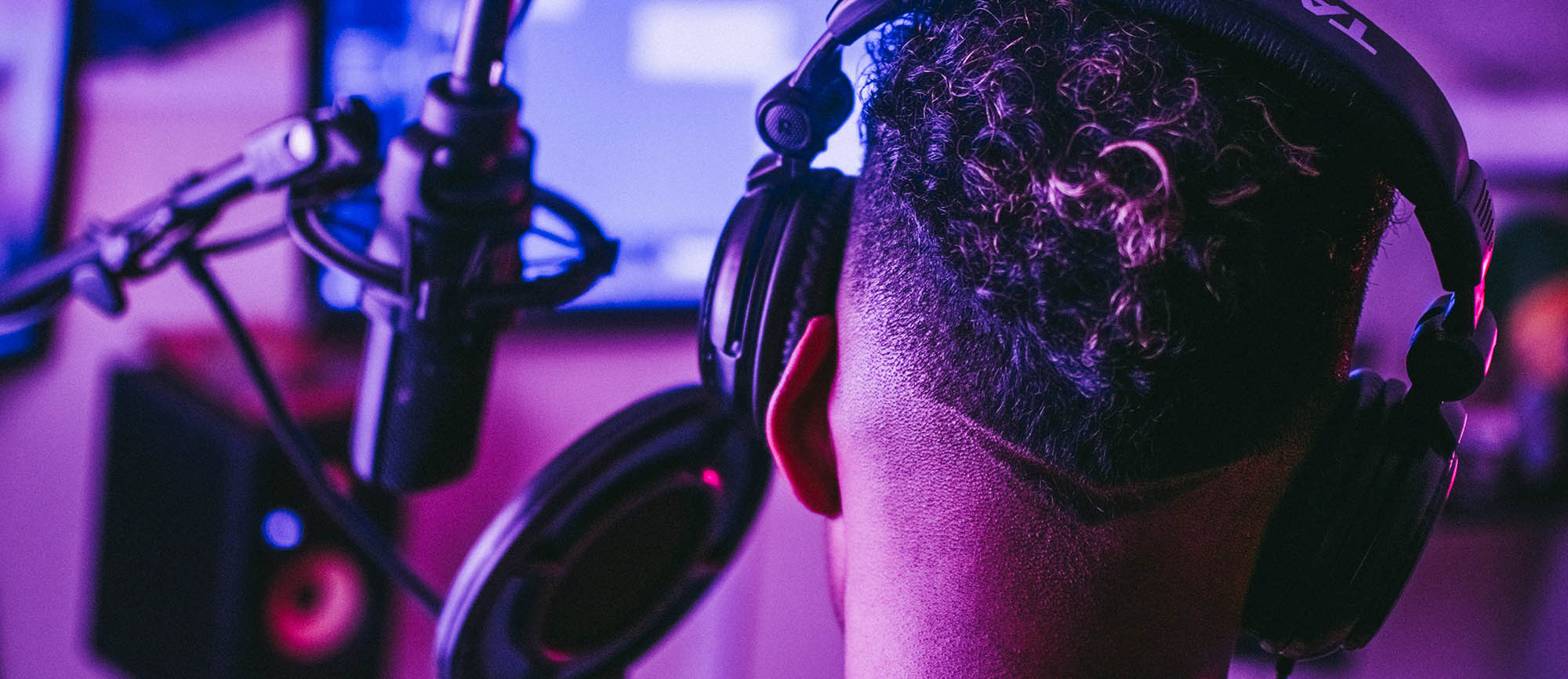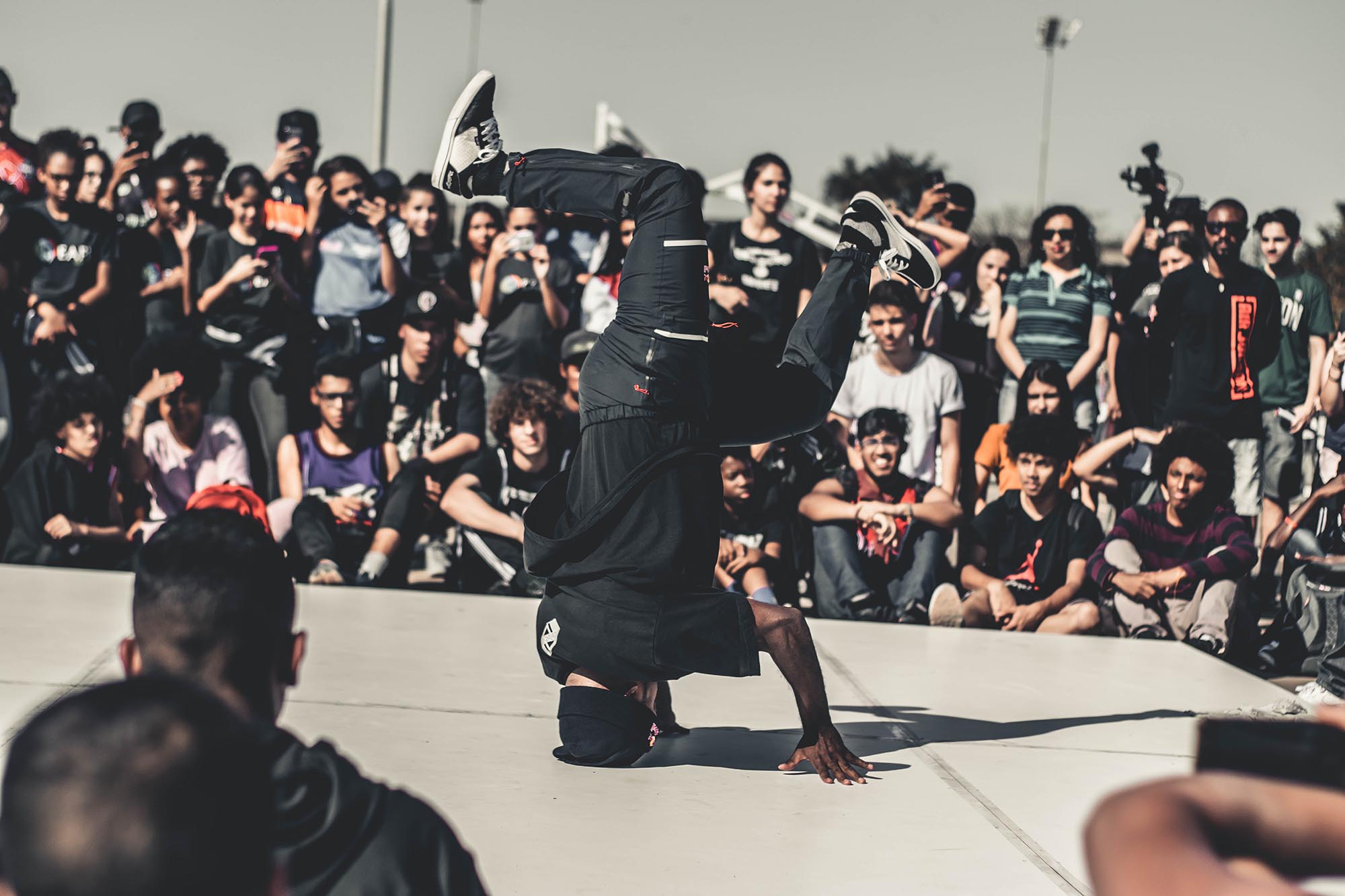On average, there are 120 per 100,000 inhabitants (in Turkey – partner country in M4F – there are 355), 7% of which are women, 2.5% juveniles (14,000 in the EU), 22% foreigners, about 20% young people under 30, but with large imbalances between countries, especially for foreigners detained. (Eurostat 2021; European Sourcebook of Crime and Criminal Justice Statistics 2021).
It is confirmed that recidivism is higher for young people in the first year after release and for those who already have a criminal past (Council of Europe, Annual Penal Statistics 2021).
The same report unfortunately confirms the overall reduction of funding for alternative measures to detention and for innovations within the prison, the latter aggravated by the stop dictated by the pandemic, which in the last 2 years has slowed down many of the planned educational or so-called “treatment” activities.
They would contribute to the rehabilitative function of the sentence to also foster future employability.
Some general data on the penitentiary conditions
At this very moment, there are 580,000 prisoners in the 27 EU countries
Young prisoners who engage in any activity (educational, recreational) are on average 1/5 of the total, and only 3% have opportunities to work for external companies or entities (also outside the prison).
Yet, it has long been confirmed that among prisoners who engage in job placement, recidivism drops radically, and this generates a decisive virtuous circle (Harsh or Humane? Detention Conditions and Recidivism, Einaudi Institute for Economics Finance 2014).
If education and work in prison are essential actions to foster the social reintegration of inmates, the project aims to facilitate their activation through the creation of workshops and production spaces related to the artistic world of Hip Hop.
This culture has proven to be a powerful means of involvement, awareness, and self-expression for young people with fewer opportunities all over the world and especially for those at risk of deviance, already sentenced or on probation.
Educational activities


